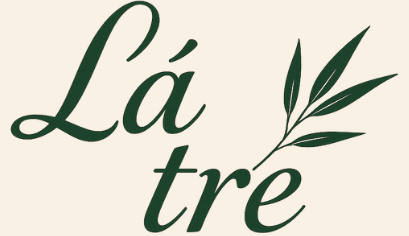Poetry is often perceived as a standalone literary discipline, but its dialogue with other artistic forms enriches its depth and expands its reach. An interview with poet Beth McDermott offers valuable insights into this dynamic relationship. This excerpt suggests that poetry is to other art forms as a collaborative partner, a responsive echo, and a lens for re-examining visual and experiential realities. McDermott’s work, particularly her collection Figure 1, is rooted in ekphrasis—the tradition of engaging with art through poetry—highlighting how painting, photography, and other media can serve as springboards for poetic exploration.
McDermott describes Figure 1 as a collection “in conversation with art and the natural world,” firmly placed within the ekphrastic tradition. Her approach moves beyond mere description; she sees paintings and photographs as “interpretable,” inviting the mind to frame and dismantle images, exploring what lies beneath their surfaces. This process involves a “new historicist impulse,” questioning what happens “outside of the frame, and what happened before or after what we think we know?” By foregrounding details like “chisel and stone dust” against an “endless expanse,” her poems push against the perceived boundaries of the visual work, arguing for perspectives and stories “beyond the frame.” This demonstrates poetry’s capacity to extend and deepen the narrative suggested by other arts.
Her interest in placing poetry in conversation with other artistic disciplines stems from finding inspiration in their discourses, even without direct participation (e.g., playing an instrument or dancing). Discussions in poetry workshops that included documentary filmmaking, album covers, and music interviews revealed how engaging with the specific vocabulary and context of another medium can invite “connections with other words and worlds.” This points to poetry’s porous boundaries and its ability to absorb and transmute elements from diverse creative realms.
Beyond what is visible within the frame, McDermott’s ekphrastic approach highlights the significance of silence and absence. Drawing on the history of ekphrasis, which originated partly from describing artworks to those who couldn’t see them, she notes that the tradition inherently involves absence—the visual work is not physically present with the reader. Furthermore, her poems seek out the “microscopic or hidden elements” within an image or scene, offering accounts that are sometimes “mysterious or even chilling.” This focus on what is not immediately apparent underscores poetry’s unique ability to illuminate unseen dimensions, whether they are physical details, historical contexts, or emotional undercurrents, suggesting that poetry complements other arts by revealing their hidden layers.
[ Beth McDermott, author of Figure 1, standing in a room with artwork
Beth McDermott, author of Figure 1, standing in a room with artwork
Ekphrasis also serves as a powerful tool for moving beyond autobiography while still accessing “emotional and philosophical truths.” McDermott acknowledges that while personal experiences inevitably inform her work (“I bring personal experiences and emotions to my own poems”), the speaker in a poem can be a fiction distinct from the poet. This technique, used effectively in poems that analyze or respond to other art forms, allows a writer to explore universal themes and complex emotions through the mediated lens of the artwork, rather than solely through direct personal narrative. By interpreting or responding to a painting or photograph, the poet can channel deep feelings and insights that resonate universally, providing deep and meaningful poems without being confined to purely confessional modes. She recommends exploring works by poets like Williams, Hejinian, and Kim who make limited use of the first-person “I,” demonstrating alternative pathways for meaning-making.
McDermott’s experience as an educator also shapes her artistic practice. Teaching requires her to articulate the creative process in ways accessible to students from various backgrounds, emphasizing drafting, reading, workshop, and revision grounded in technique. This focus on process and technique in pedagogy necessitates a similar analytical approach to her own writing, reinforcing the craft behind the art. Understanding how to build a poem, piece by piece, line by line, is crucial, whether responding to a painting or exploring a personal theme.
Currently, McDermott is experimenting with prose poetry, drawn to its formal contradictions – sometimes seen as liberating and experimental, other times as a constraining “box or block.” This interest reflects a broader fascination with how form shapes content and reader perception, a theme consistent with her exploration of artistic frames in Figure 1. The prose poem format, in particular, forces attention to sentence rhythm without relying on line breaks, highlighting another technical dimension of poetry.
In conclusion, Beth McDermott’s perspective, as revealed in the interview excerpt, strongly suggests that poetry is not an isolated art but one that thrives in interaction with other forms. Through ekphrasis, a focus on absence, a strategic use of form, and a deep engagement with the creative process, poetry can analyze, respond to, and extend the narratives presented by painting, photography, and other media. It acts as both interpreter and innovator, finding new language to articulate the visual, the silent, and the hidden, thereby enriching the reader’s understanding of both the poem and the art it engages with. Her work serves as a compelling example of how poetry converses with the world of art, unveiling deeper meanings and emotional resonance.
